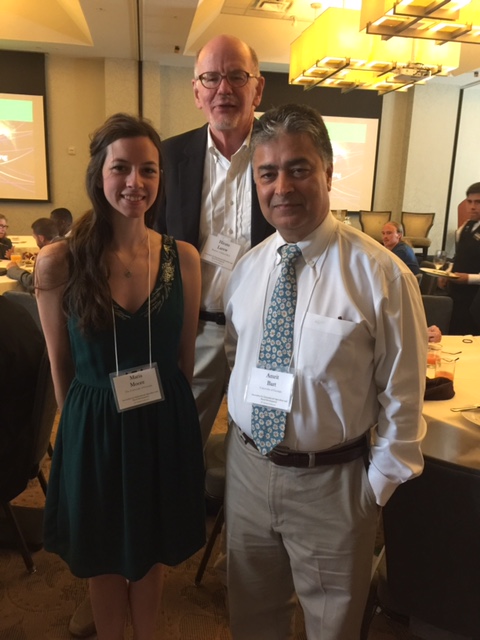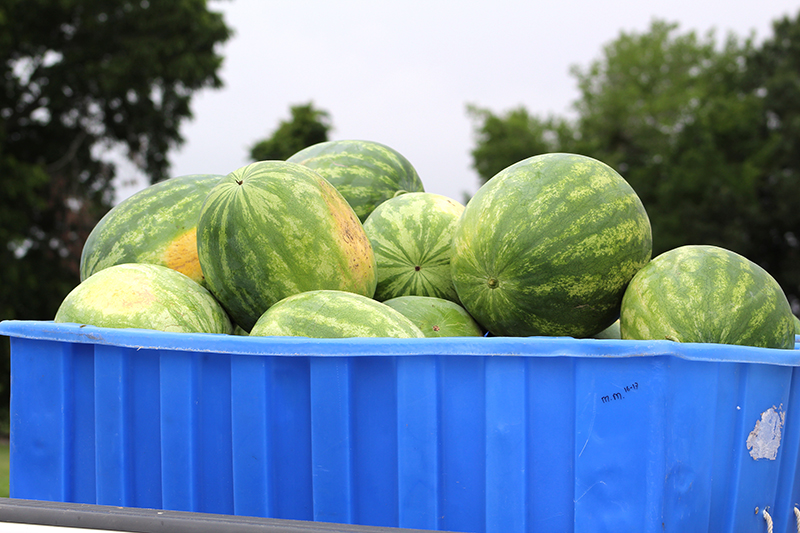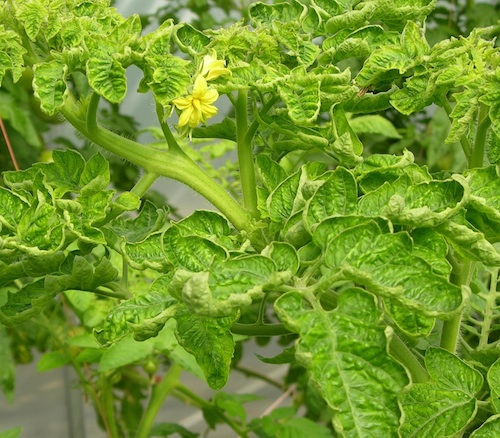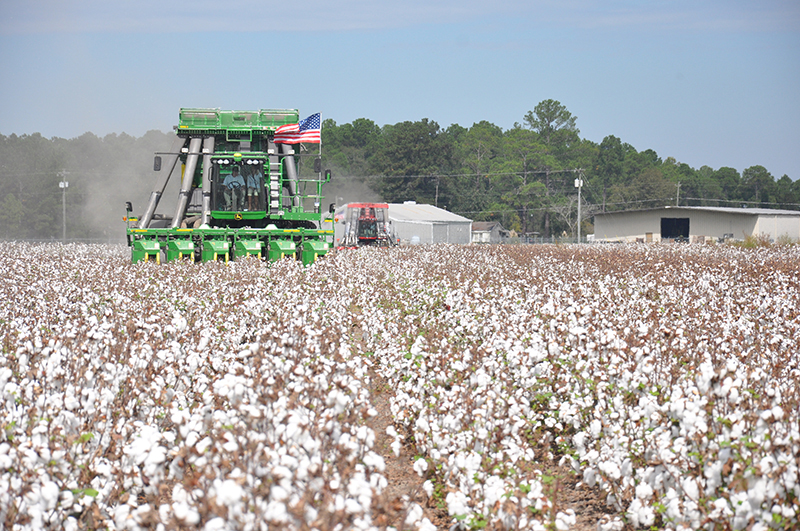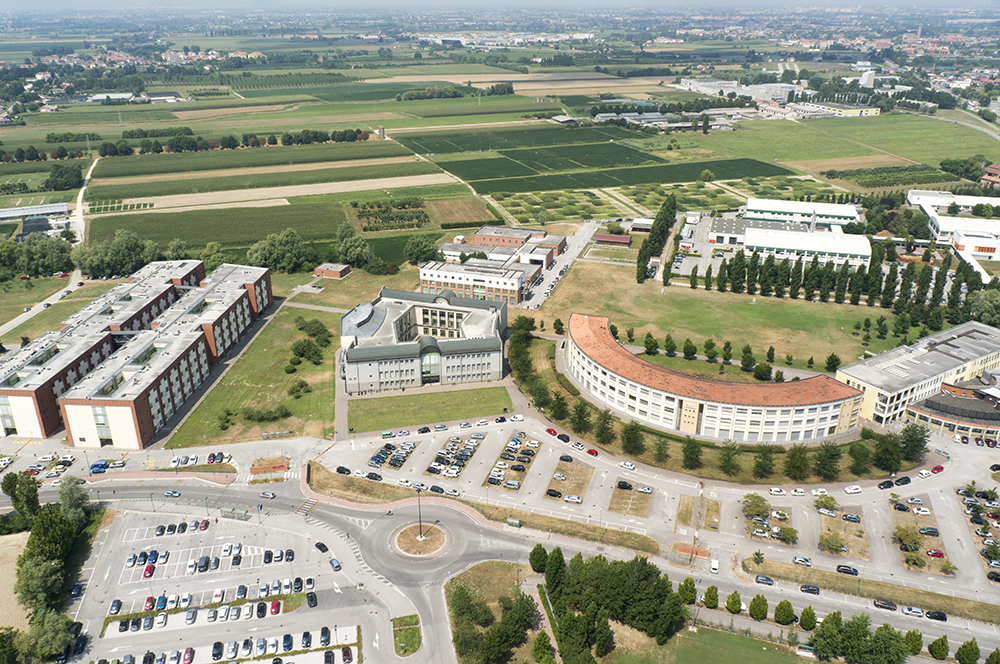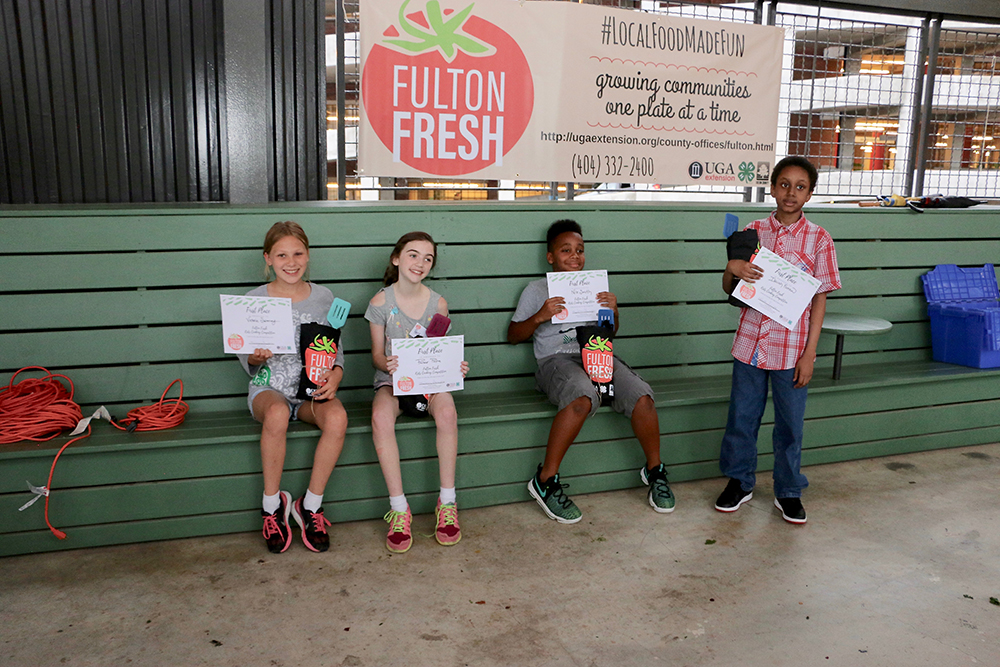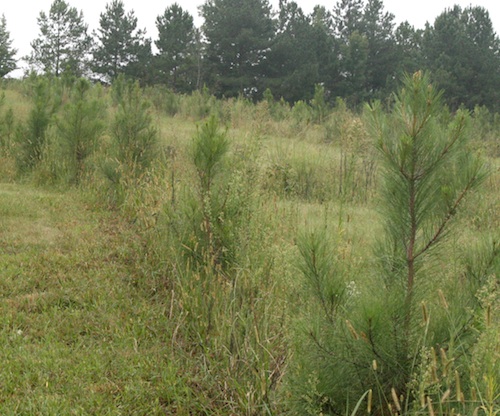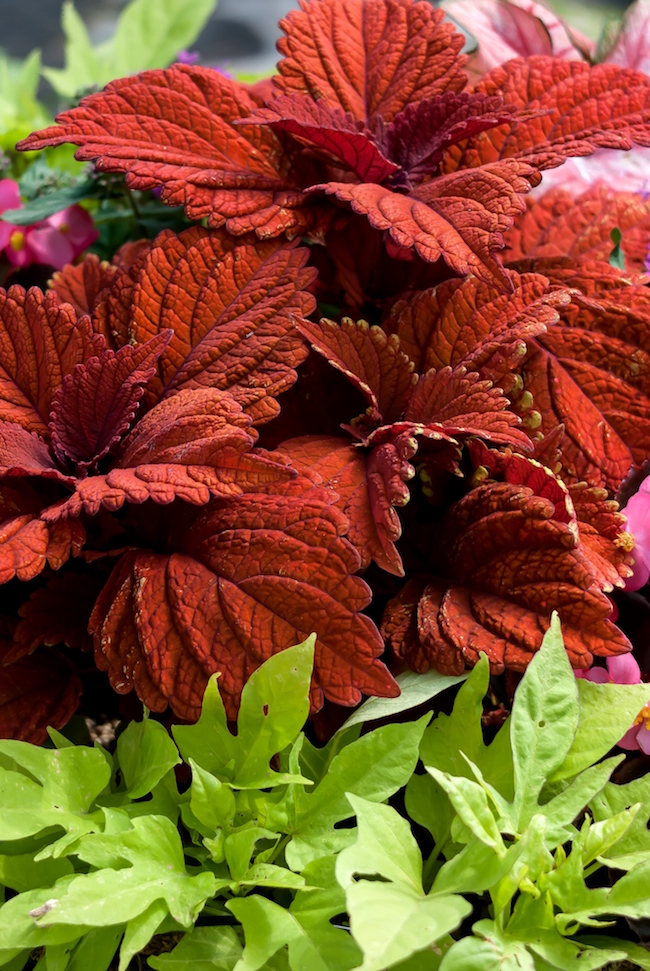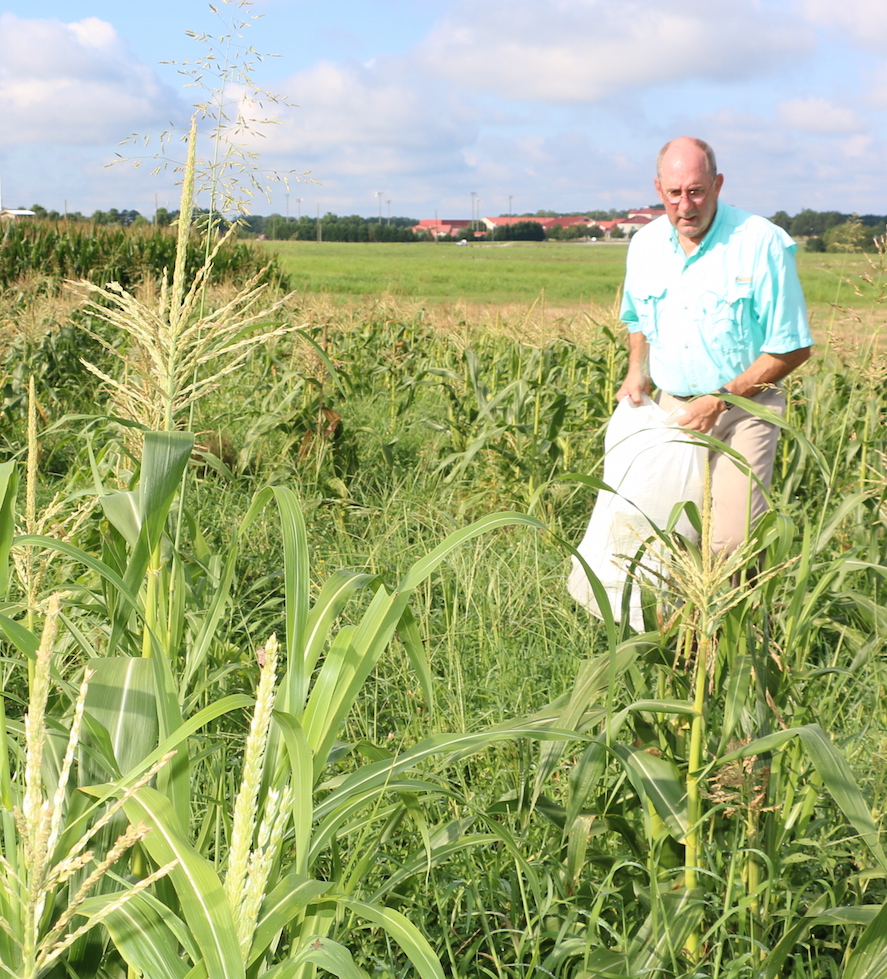 CAES News
CAES News
Healthy Homes Month
Georgia homeowners have the information that they need to make sure their houses are safe and healthy thanks to University of Georgia Cooperative Extension and the Rural Georgia Healthy Homes Advisory Board. The U.S. Department of Housing and Urban Development designated June as National Healthy Homes Month to encourage homeowners to inspect their homes for hidden hazards, like mold, radon and lead.

